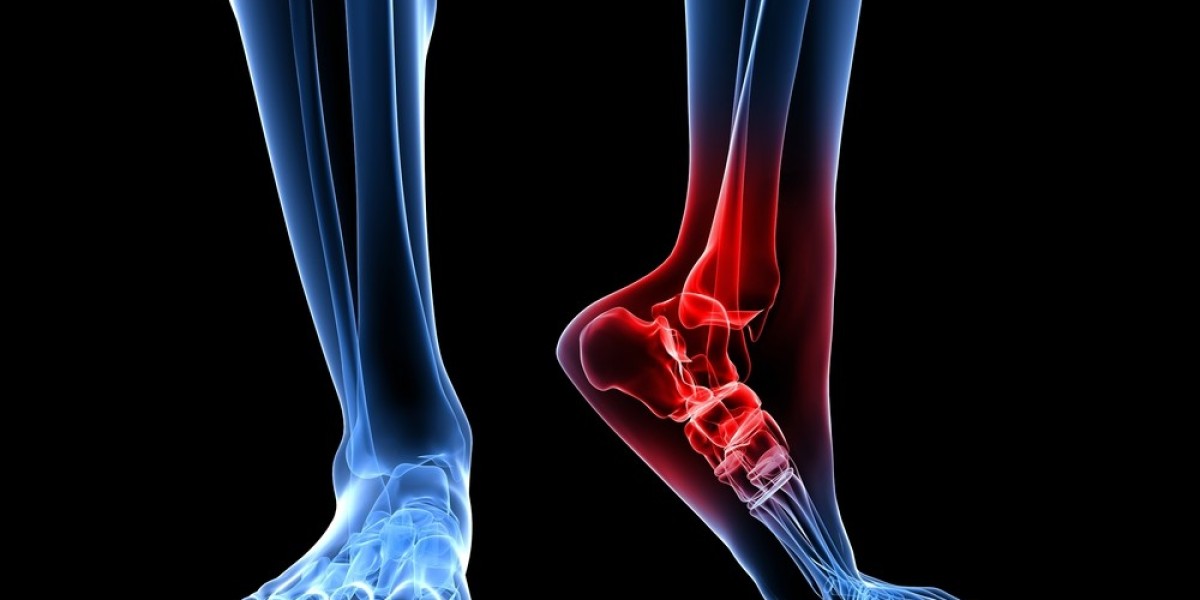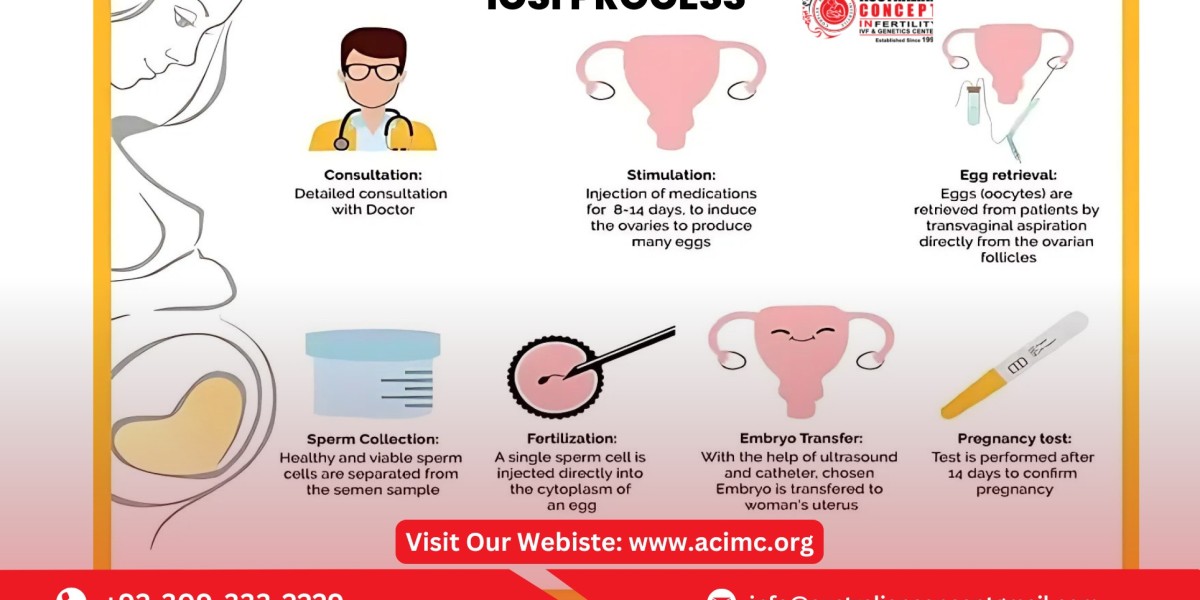Experiencing ankle pain without a direct injury can be both confusing and frustrating. While injuries like sprains or fractures are well-known causes of ankle pain, there are numerous other reasons why your ankle might hurt. These can range from medical conditions to lifestyle factors, many of which may not be immediately obvious. Understanding these causes is crucial to determining the best treatment and prevention strategies.
In this article, we’ll explore the common reasons behind ankle pain without injury, provide actionable solutions, and discuss when it’s time to consult a medical professional.
What Causes Ankle Pain Without Injury?
1. Arthritis
Arthritis is one of the most common culprits behind unexplained ankle pain. Both osteoarthritis and rheumatoid arthritis can affect the ankle joint, causing inflammation, stiffness, and discomfort. Osteoarthritis occurs due to wear and tear over time, while rheumatoid arthritis is an autoimmune condition where the immune system attacks joint tissue.
2. Tendonitis
Even without a direct injury, repetitive movements or overuse of the ankle can cause tendonitis, an inflammation of the tendons. Commonly affected tendons include the Achilles tendon and the posterior tibial tendon. Tendonitis often results in a dull ache that worsens with activity.
3. Gout
Gout is a type of arthritis caused by a buildup of uric acid crystals in the joints. It frequently targets the big toe but can also affect the ankle. Gout attacks are characterized by sudden, intense pain, redness, and swelling, even without any visible injury.
4. Nerve Compression
Conditions like tarsal tunnel syndrome, where the tibial nerve is compressed as it passes through the ankle, can lead to sharp pain, tingling, or numbness. This nerve compression can happen without any obvious trauma and often worsens with prolonged standing or walking.
5. Flat Feet and Overpronation
Your foot’s arch plays a vital role in supporting your body weight and maintaining proper alignment. People with flat feet or those who overpronate (when the foot rolls inward excessively) often experience ankle pain due to uneven pressure and strain on the joint.
6. Poor Footwear Choices
Wearing shoes that lack proper support or cushioning can place undue stress on the ankle. High heels, for example, alter the alignment of your feet and ankles, potentially causing pain. Similarly, flat-soled shoes without arch support can lead to discomfort over time.
7. Circulation Problems
Poor blood circulation, often caused by conditions like peripheral artery disease (PAD), can result in unexplained pain in the lower extremities, including the ankle. Circulation issues may also cause swelling, heaviness, or a cold sensation in the feet.
8. Obesity or Excess Body Weight
Carrying extra body weight increases the strain on your ankle joints. Over time, this added pressure can lead to inflammation and pain, even without an injury.
9. Infections
Although rare, infections such as cellulitis or septic arthritis can cause ankle pain. These conditions are often accompanied by redness, warmth, and swelling around the joint.
Symptoms That Accompany Ankle Pain
Ankle pain without injury may present alongside other symptoms that help identify the underlying cause. Common associated symptoms include:
- Swelling or stiffness.
- Redness or warmth around the joint.
- Tingling, numbness, or a burning sensation.
- Pain that worsens with activity or prolonged standing.
- Difficulty walking or bearing weight.
How to Manage Ankle Pain Without Injury
1. Rest and Elevate
The first step to managing ankle pain is to give it adequate rest. Avoid strenuous activities that aggravate the pain, and keep your ankle elevated to reduce swelling.
2. Apply Ice or Heat Therapy
Ice packs can reduce inflammation, while heat therapy can relax stiff muscles and improve blood flow. Alternate between the two for maximum relief.
3. Wear Supportive Footwear
Invest in well-fitted shoes with arch support and proper cushioning. Custom orthotic insoles can help correct foot alignment issues and reduce strain on your ankle.
4. Stretch and Strengthen Your Ankles
Perform gentle stretching exercises to improve flexibility and strengthen the muscles around the ankle. This can prevent further pain and enhance stability.
5. Maintain a Healthy Weight
Losing excess weight can significantly reduce the pressure on your ankles, alleviating pain and preventing future problems.
6. Over-the-Counter Pain Relievers
Anti-inflammatory medications like ibuprofen can provide temporary relief from pain and swelling.
7. Consult a Physical Therapist
A physical therapist can design a customized exercise plan to improve your ankle’s strength and mobility, ensuring long-term pain relief.
Why Early Treatment is Essential
Ignoring ankle pain can lead to long-term issues, including joint damage and chronic discomfort. If you are not able to treat, then read this article: How Long Does Muscle Pain Last to gain more insights into managing persistent pain.
When to Seek Medical Attention
It’s important to consult a healthcare provider if you experience:
- Sudden, severe pain that doesn’t subside.
- Persistent swelling or redness.
- Numbness or tingling that interferes with daily activities.
- Difficulty walking or bearing weight on the affected ankle.
These symptoms may indicate a more serious condition, such as a fracture, nerve damage, or an infection.
Preventing Ankle Pain Without Injury
1. Stay Active, But Avoid Overuse
Engage in low-impact exercises like swimming or cycling to keep your ankle joints healthy without straining them.
2. Stretch Regularly
Incorporate stretching into your daily routine to maintain flexibility and prevent stiffness.
3. Wear the Right Shoes
Opt for footwear that supports your feet and reduces strain on your ankles. Replace worn-out shoes to maintain proper support.
4. Monitor Your Diet
A balanced diet rich in anti-inflammatory foods, such as fruits, vegetables, and omega-3 fatty acids, can reduce inflammation in your joints.
5. Get Regular Checkups
Routine visits to a healthcare provider can help catch potential issues early and ensure your joints remain healthy.
Conclusion
Ankle pain without injury can arise from various factors, including arthritis, gout, nerve compression, or lifestyle choices. While the discomfort might not seem serious at first, ignoring it could lead to chronic issues. Taking proactive measures, such as wearing supportive footwear, maintaining a healthy weight, and consulting a doctor when needed, can make all the difference.
Remember, your ankles bear the weight of your entire body, so treating them with care is vital for overall mobility and well-being. Don’t let ankle pain slow you down—address the root cause and get back to living pain-free.







